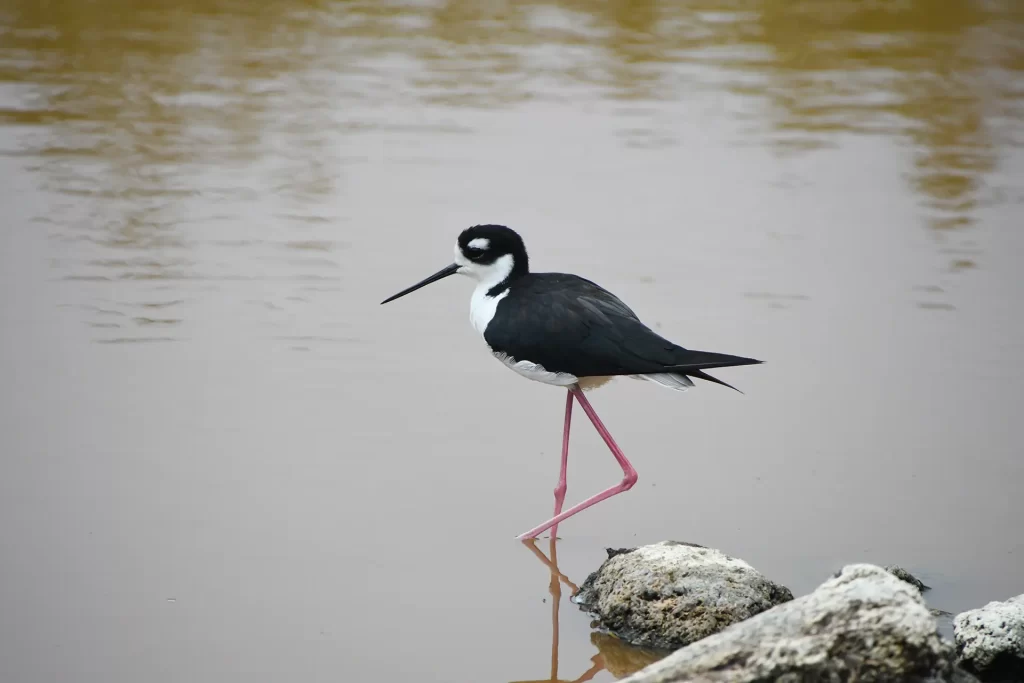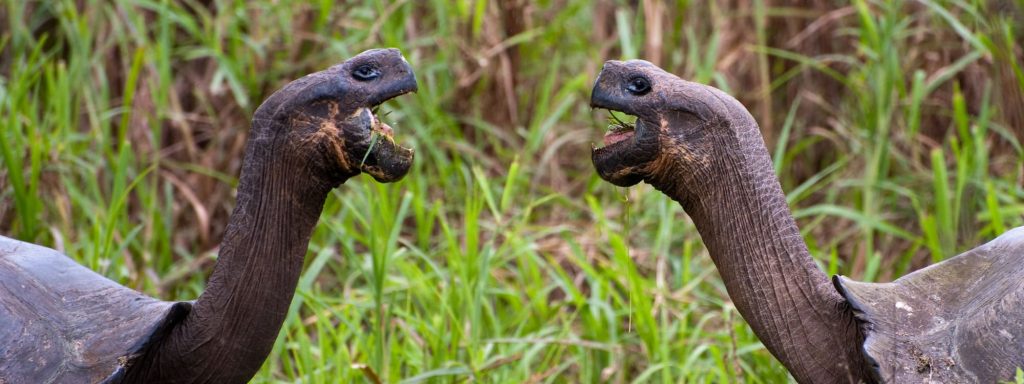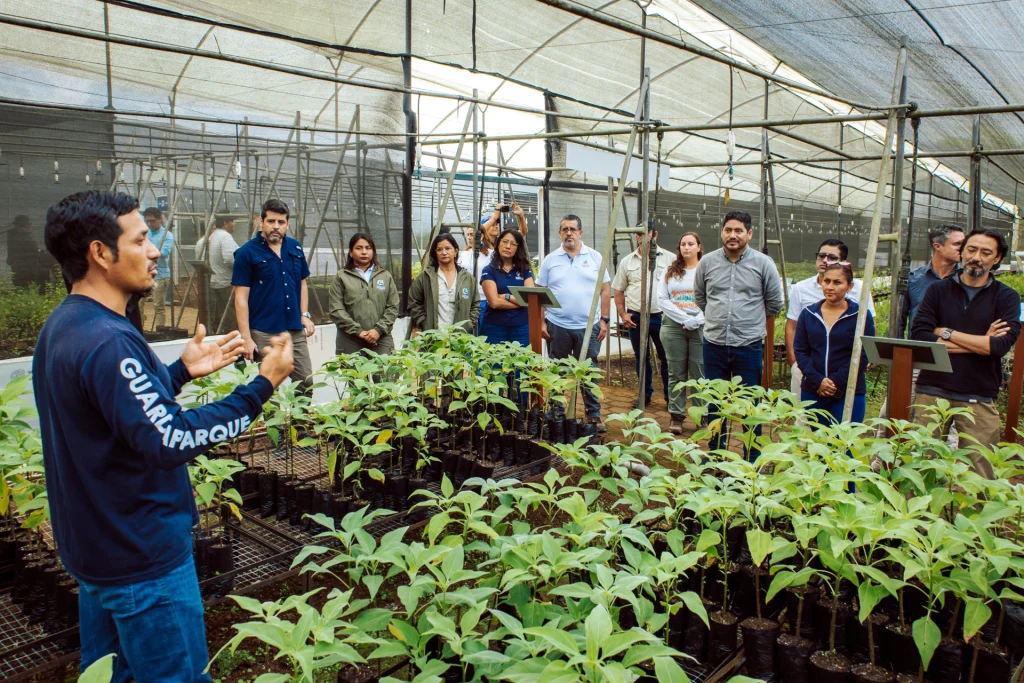Galápagos Celebrates International Wetlands Day: Highlighting Isabela’s Role as a Ramsar Site
- February 2, 2024
- 5:25 pm
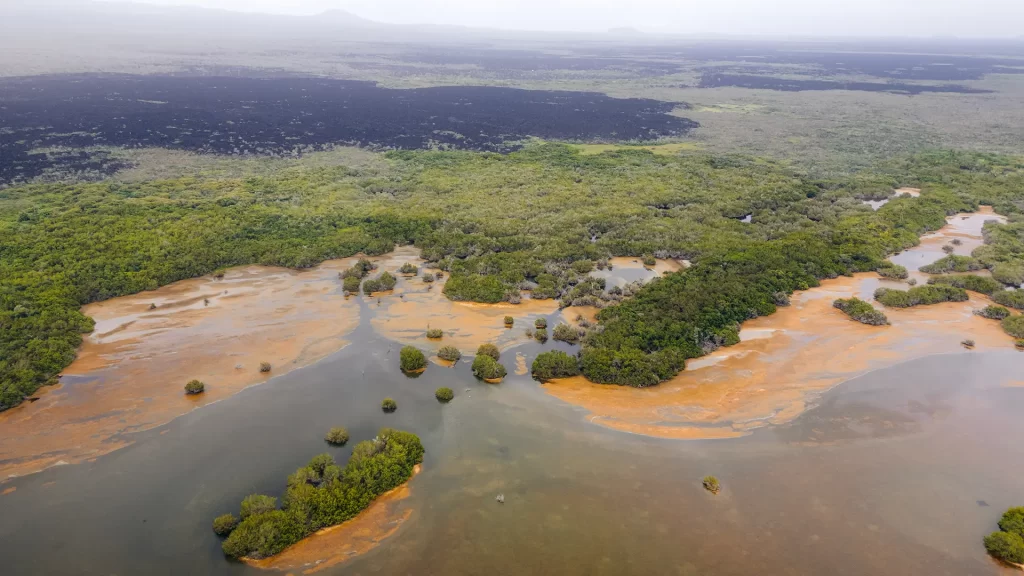
Today, February 2nd, marks International Wetlands Day, a global celebration that underscores the crucial importance of these unique ecosystems. In Galápagos, home to unparalleled biodiversity, this day holds particular importance as we recognize and celebrate wetlands—true natural gems that are integral to our region’s ecological diversity.
Dr. Jorge Carrión, our Director of Conservation, extends heartfelt congratulations to the Galápagos National Park Directorate for their extraordinary dedication and effective stewardship of Galápagos’ unique ecosystems. The recognition is mainly directed towards the Ramsar sites in Isabela, where the conservation and biodiversity are maintained in a delicate balance, thanks to the committed work of park rangers. This acknowledgment reflects the ongoing efforts to ensure the sustainability and protection of these unique environments.
Challenges Facing Galápagos Wetlands
Designated as a Ramsar Site of International Importance in 2002, the wetlands in southern Isabela span 872 hectares and are home to approximately 170 species, including native and endemic ones. These vital ecosystems face significant threats from invasive species, which alter the natural balance of the wetlands.
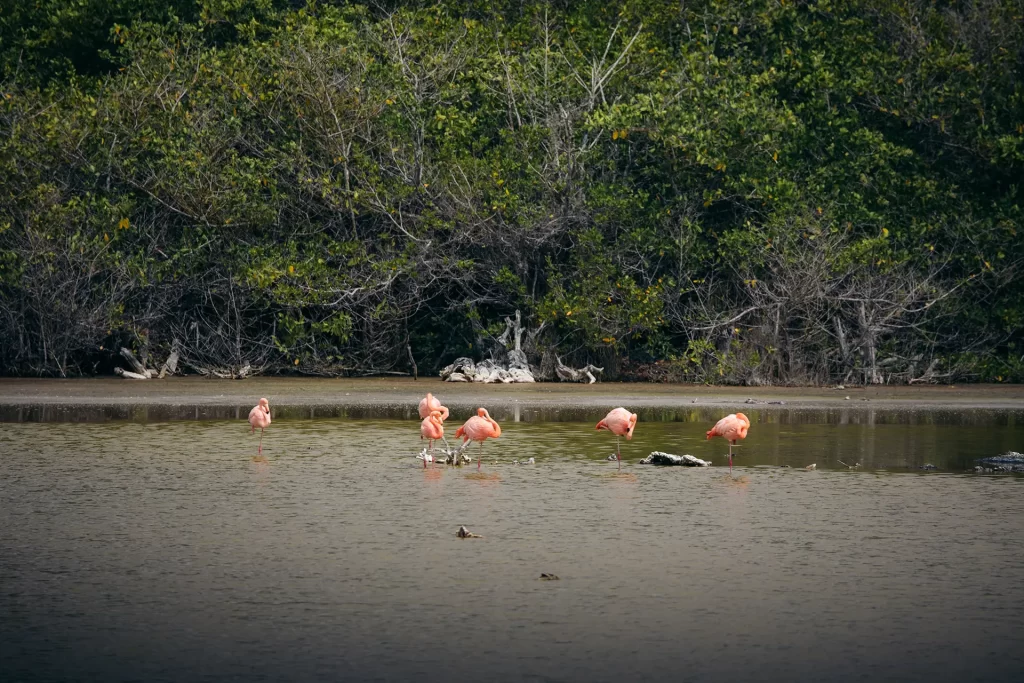
Addressing these challenges requires diligent and forward-thinking management strategies. The geological formations that have given rise to the lagoons in southern Isabela highlight the wetlands uniqueness and the critical need to mitigate current threats. The Action Plan for the Conservation and Sustainable Use of Southern Isabela’s Wetlands, implemented in 2003, serves as a crucial framework for the protection and responsible use for long-term sustainability of this distinctive Environment.
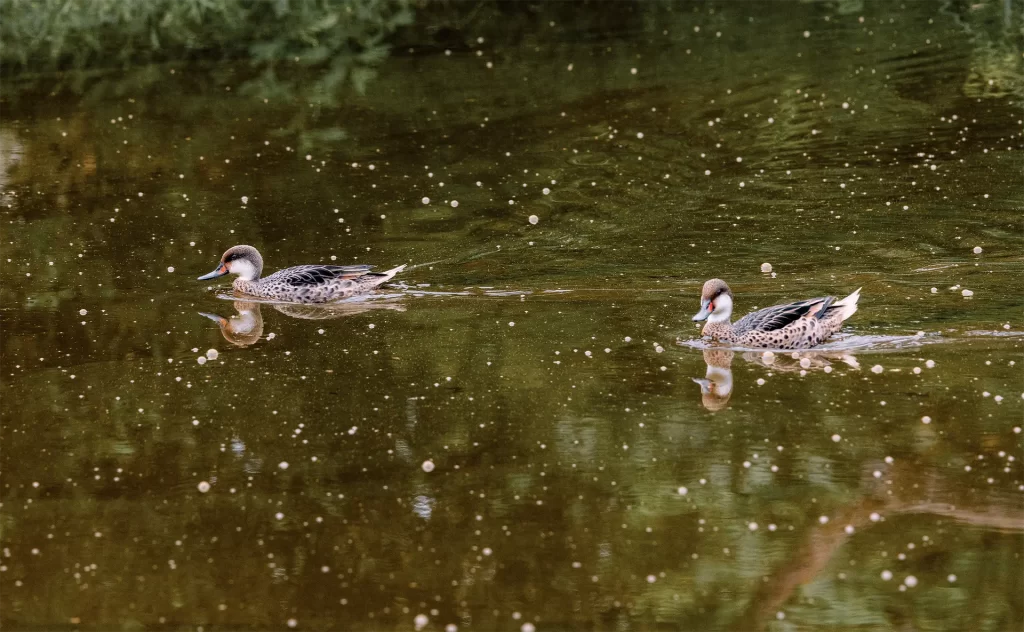
Significance of Wetlands for Conservation
Nested within the Galápagos National Park and Marine Reserve, the wetlands represent a vital part of the region’s natural heritage. These ecosystems, consisting of mangroves and brackish water lagoons, are formed by seawater seepage and underground freshwater flows from the Sierra Negra and Cerro Azul volcanoes.
This extensive area encompasses notable sites such as Las Diablas, Los Tunos, Puerta del Jelí, and Baltazar. The vitality of these ecosystems lies in their location amidst mangroves and the shallow waters of Puerto Villamil Bay, the sole urban area on Isabela. Their presence emphasizes the importance of the aquatic environments in Galápagos for the region’s biological diversity.
The wetlands of southern Isabela play a fundamental role in conserving Galápagos biodiversity, serving as exclusive habitats for various species that depend on these environments to complete their biological cycles. Species finding refuge in these wetlands include the flamingo (Phoenicopterus ruber), pintail (Anas bahamensis), black-necked stilt (Himantopus himantopus), oystercatcher (Haematopus palliatus), common gallinule (Gallinula chloropus), ghost crab (Ocypode spp.), and Galápagos ghost crab (Uca galapaguensis), among others.
Galápagos Conservancy reaffirms its commitment to protect and conserve Galápagos’ wetlands, which are crucial to the region’s biodiversity, on International Wetlands Day.
